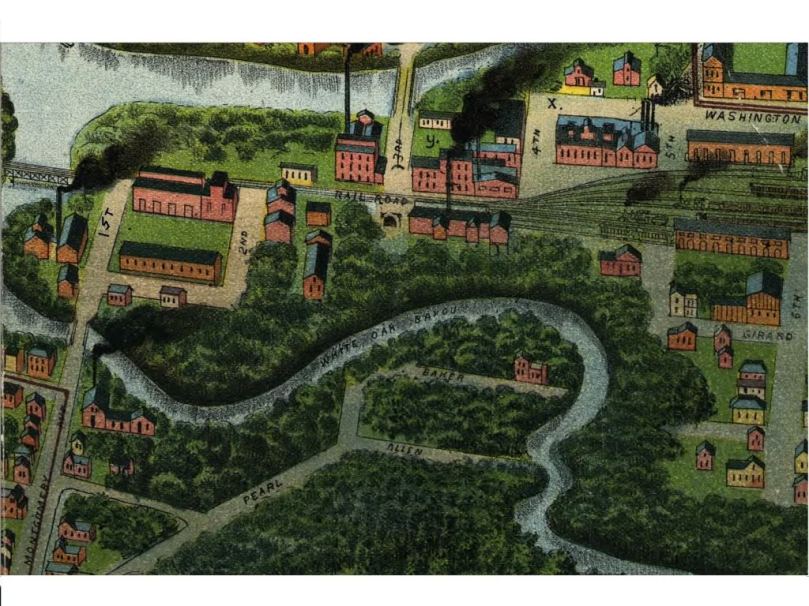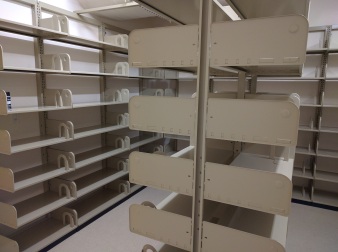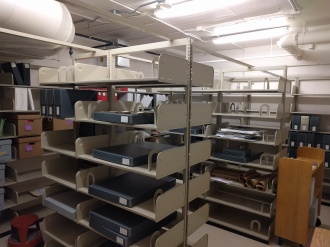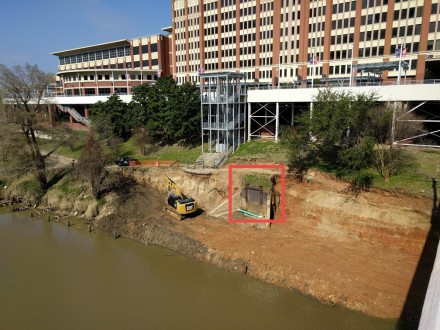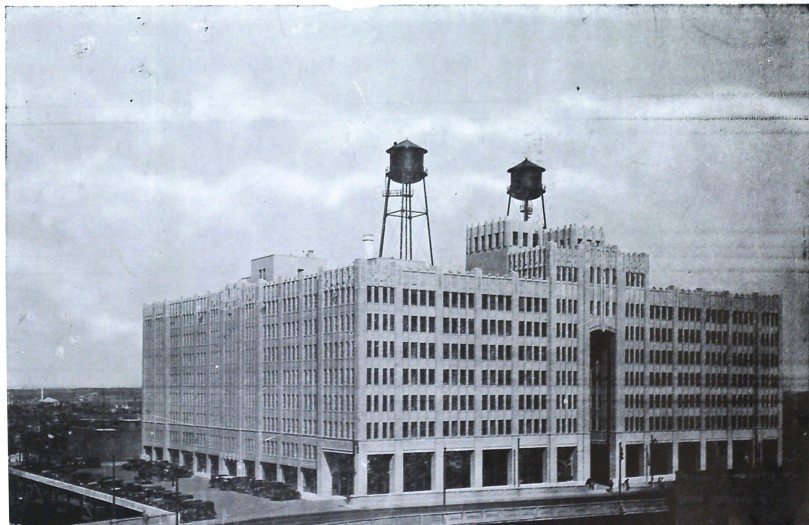This essay was originally published in the Houston Chronicle’s Gray Matters blog on June 16, 2017.
Are a president’s tweets federal records, to be preserved in perpetuity? A bill in Congress says yes, they should be.
The COVFEFE Act takes its name, of course, from a mysterious presidential Twitter typo last month. But as indicated by the strained acronym — Communications Over Various Feeds Electronically for Engagement — the bill introduced by Rep. Mike Quigley (D-IL) would mandate that the National Archives and Records Administration preserve all social-media posts from Donald Trump’s personal accounts.
The flip side of the bill: If the tweets are federal records, deleting them would become illegal.
The bill, like Trump’s tweets, raises loads of tough questions. How could tweets, of all things, be considered federal records? What constitutes a record? And why do we even make these distinctions in 2017, when electronic storage is cheap and plentiful and we can keep everything?
Let’s start with the Federal Records Act. Enacted in 1950, it’s the guide for how the U.S. government keeps its records. In 2014, the Obama administration updated it, modernizing the definitions to include electronic documents. That update also granted the Archivist of the United States (yes, we have one) full discretion to determine what constitutes a federal record.
According to those federal guidelines, a “record” is any documentary material, regardless of format, made to transact public business. This seems like a very broad definition, but when masses of documents come into the federal archives, it actually helps archivists cut away a great deal of extraneous material. For instance, a lunch invitation via email does not constitute “transacting public business.” Nor does a secretary’s reminder to attend a meeting, nor interoffice memos about the copier being broken.
Often this definition is also used to discard drafts of reports, agendas of meetings, and other documents that predict the future but are not valuable in determining what was actually enacted. An agenda is a guideline, but the minutes of the meeting tell you what actually happened. A draft of a report is not the final version that is available to the public, and if it is not finished, it is not yet a record.
Thus another portion of the incredible mass of documentation created by the federal government every day is stripped away. It’s presumed that the National Archives keeps fewer than five percent of all the federal documents generated each year. Though that sounds like a very small number, it adds up: According to NARA’s website, the National Archives currently holds 10 billion pages of textual records and 133 terabytes of electronic data, and those numbers are rising exponentially.
So given that the National Archives is very, very busy preserving the national historic record, who cares if Donald Trump deletes tweets from his personal twitter account?
Well, this is where the rubber meets the road.
While not every public official’s Twitter account could be considered to hold records (especially since records are by definition about transacting real business), Trump has used his personal account to make many official statements. He seems to prefer it as a form of communication to, say, a press release or an official letter.
This is what prompted the COVFEFE Act, ridiculous name and all.
Since the Archivist of the United States has clear power over what is and is not a record, this act will probably die a quick death. But the fight to get and keep the “official” records of the president who communicates important things on a social media platform as fickle as Twitter will probably be long and bitter.
The deeper questions raised aren’t just about Trump. As we move further into the digital age, we’re still figuring out what it is that our country chooses to remember.



